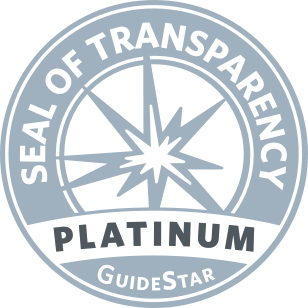Newer Treatment
Newer treatments continue to be developed to improve continence. These range from nerve stimulation in the lower pelvic area, to implants, and injection of bulking materials. There is hope through research that additional therapeutic options will continue to be made available for patients with incontinence unresponsive to current treatments.
Two newer treatment options are InterStim Therapy, and Solesta:
InterStim Therapy is an implantable system designed to improve bowel control that uses mild electrical stimulation of the sacral nerves to influence the behavior of the pelvic floor muscles and bowel. In the U.S. it was approved in 2011 by the FDA for the treatment of chronic bowel incontinence in patients who have failed or are not candidates for more conservative treatments.
The implantable system consists of a thin wire lead and a neurostimulator, or pacemaker-like device, as well as external clinician and patient programmers. InterStim Therapy allows patients and physicians to determine probable success of the therapy through a test stimulation procedure prior to committing to long-term therapy.
Solesta is a sterile gel that is injected into a part of the anal canal to improve bowel control in patients for whom conservative therapies have failed. Solesta has been available in Europe since 2006. It was approved in 2011 by the FDA in the U.S. and was available to patients beginning in September 2011 through the offices of colorectal surgeons.
The Solesta gel is injected into a layer of tissue beneath the anus lining and may help build tissue in that area. By growing the surrounding tissue, the opening of the anus narrows and the patient may be able to better control those muscles.
The FDA based its approval on results from a clinical study of 206 patients. In the primary study, most patients received two treatments, consisting of four injections each, for a total of eight injections. After six months, more than half of the patients injected with Solesta experienced a 50 percent reduction in the number of fecal incontinence episodes. One-third of patients who received no Solesta in the study also experienced a similar reduction. Overall, a greater proportion of patients treated with Solesta experienced improvements, indicating the gel provides benefit.
Solesta is approved for use in patients ages 18 and up. It should not be used in patients who have active inflammatory bowel disease, immunodeficiency disorders, previous radiation treatment to the pelvic area, significant rectal prolapse, active infections, bleeding, tumors or malformations in the anorectal area, rectal distended veins, an existing implant in the anorectal region, or allergy to hyaluronic acid based products.
The most common side effects associated with Solesta include injection area pain and bleeding. Infection and inflammation of anal tissue are more serious risks, but are less common.









